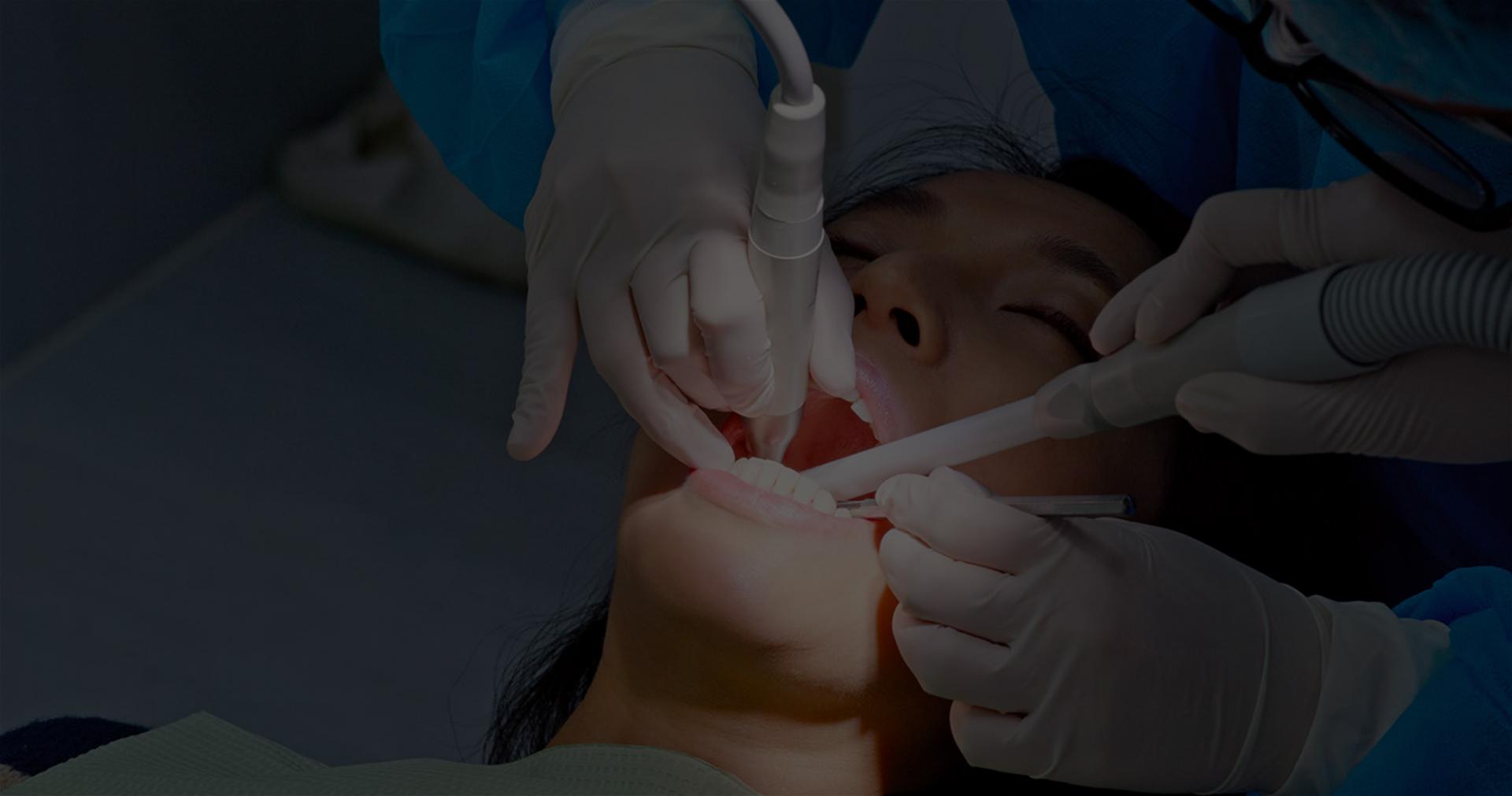
Despite global uncertainty and the rising costs of running a business amid the UK’s soaring inflation, dealmaking in the UK dental sector has proven extremely resilient over the past 18 months. Record levels of activity were recorded during 2021, a trend that is continuing unabated in 2022, with strong revenue growth and a range of different buyer types helping to drive a wave of consolidation and dealmaking.
2024 update: Small business acquisitions in the UK - dental industry snapshotCharming village freehouse with guest accommodation available in the picturesque setting of Bude, Cornwall, offering a unique opportunity for hospitality entrepreneurs.
FREEHOLD
Opportunity to acquire a prominently located Cotswolds inn in Chipping Norton, ideally positioned at the village entrance.
FREEHOLD
An exciting opportunity to acquire a well-located and popular roadside pub in the charming town of Wareham, Dorset, presenting a fantastic prospect for investors or hospitality enthusiasts
LEASEHOLD
Business Sale Report is your complete solution to finding great acquisition opportunities.
Join today to receive:
All this and much more, including the latest M&A news and exclusive resources
Please choose your settings for this site below. For more information please read our Cookie Policy
These cookies are necessary for our website to function properly and provide you with access to all features.
These are analytics cookies that help us to improve the way our website works.
These are used to improve the functional performance of the website and make it easier for you to use.
